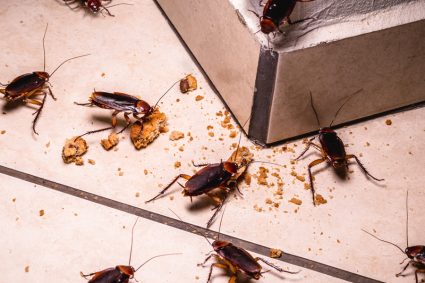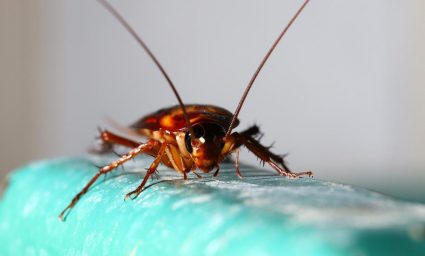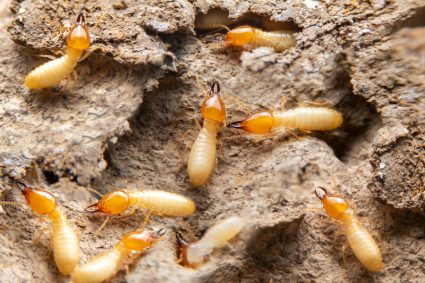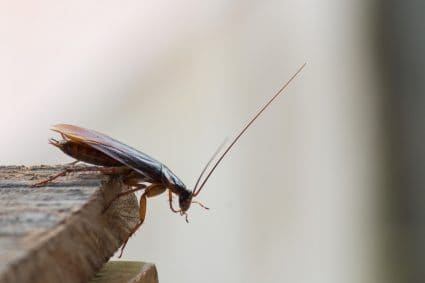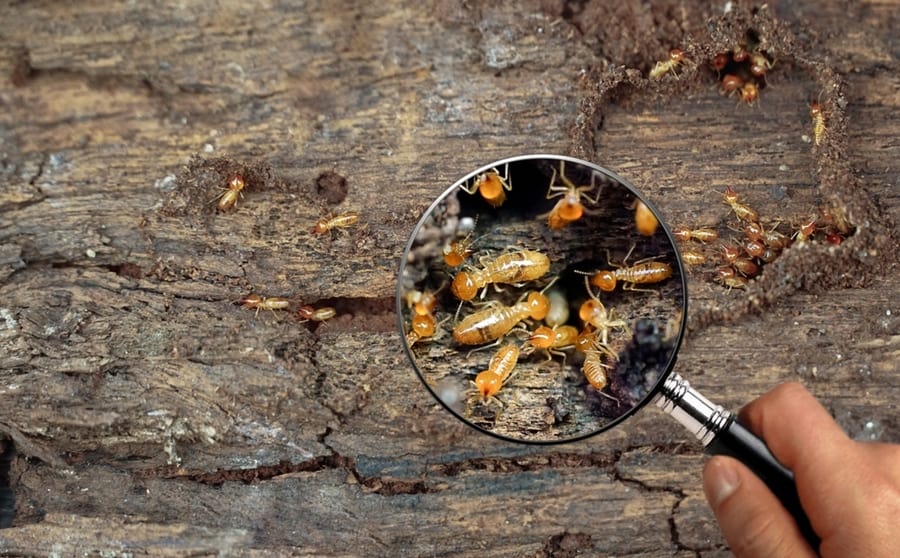
Discovering termite droppings in your home can be a rude awakening.
However, it’s one thing to have termite droppings in your home and another to recognize that the salt flakes sprinkled around aren’t really salt flakes but a danger sign that termites have made a home in your house.
You may already know that termites cause terrible damage to any wooden objects and can destroy a building if left unchecked. Luckily, they often leave droppings close to their nest.
Although you may be a little late, you can do quality damage control as soon as you discover their presence. Apart from the damage that termites can do, having animal droppings around your home is annoying and unsanitary.
The only way to stop termite droppings is to eliminate the very termites who put them out. And there are many cost-friendly and effective ways to do that.
Not all termite droppings have the same appearance, and that’s because there are two major types of termites. Each of these termites has a different kind of dropping and lifestyle habits.
They are drywood termites and subterranean termites.
Drywood termite droppings are in form of small pellets, usually in an oval shape. It has six sides like a hexagon. These termites live in the nest and push out their droppings. So you would likely find small salt-like droppings around their nest.
Subterranean termite droppings are not so easy to notice. Unlike drywood termites, their droppings are not the most noticeable thing about their presence. Their droppings are with a liquid texture, which they use to construct those mud holes you see running along walls or wood surfaces.
Knowing what to look for will help you detect termite presence and handle an infestation with better results.
- Drywood termites find all they need in the same space to remain inside a wooden structure for their lives.
- Termite droppings look like sawdust. If you are not sure of what you are seeing, you should consult a professional to have your home examined.
- Cleaning out rarely used parts of your home can help you quickly detect termite droppings.
Termite droppings do not necessarily change with time. So you may be unable to tell how long the droppings have been out or how long you have had termites just by looking at the droppings.
Regardless, you can stop termite droppings as soon as you find them.
This article will discuss eight ways to stop termite droppings and prevent termites from being comfortable enough to do their business in your home.
We have also provided more information about termite infestation in the FAQ section.
8 Ways To Stop Termite Droppings
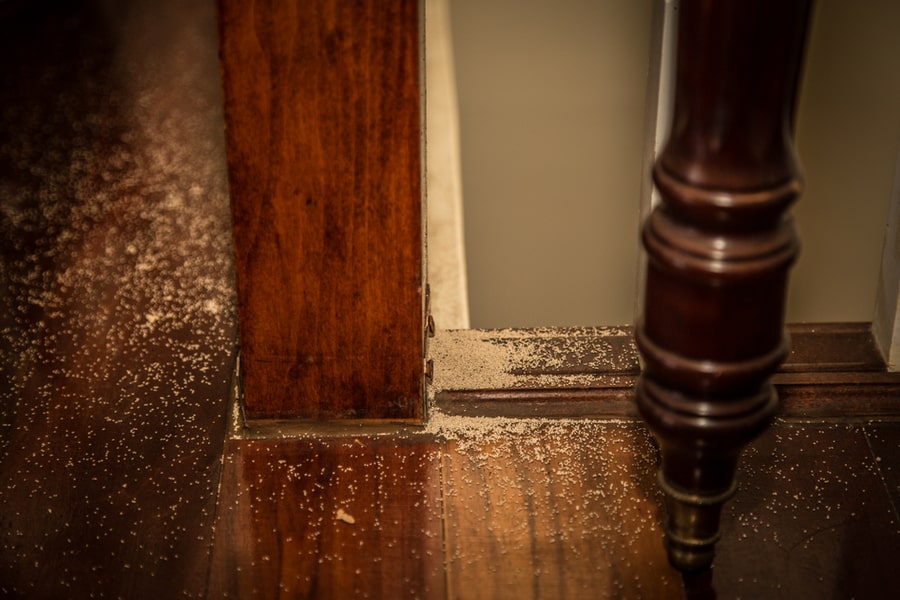
Termites are quite yet deadly creatures. However, they are not invincible, and their droppings are the trail with which you can find them and get rid of them.
If you suspect that you have termite droppings in your home and consequently termites, here are a couple of things you should do:
1. Sunlight Exposure

Termites drive in darkness and cannot stand extreme heat. That is why they choose cool corners and objects that hide them from heat and light.
One natural way to eliminate them is to put them out in sunlight. If you have a chair, table, wood pieces, or furniture infested with termites, you can place them in the sun for as long as possible.
Direct heat from the sun will kill all the termites inside that object. When leaving your objects in the sun, be careful not to carry other pests.
So if you bring a chair, for instance, and leave it in the sun for three to four days, ensure you take it back in the afternoon. This reduces the chance of carrying in other small insects that make crepe inside your furniture.
Of course, this only works if the infested item is movable. Putting such wood out in the sun would be near impossible if the termites were on the floor, ceiling, or baseboard.
2. Get Your Wood Treated
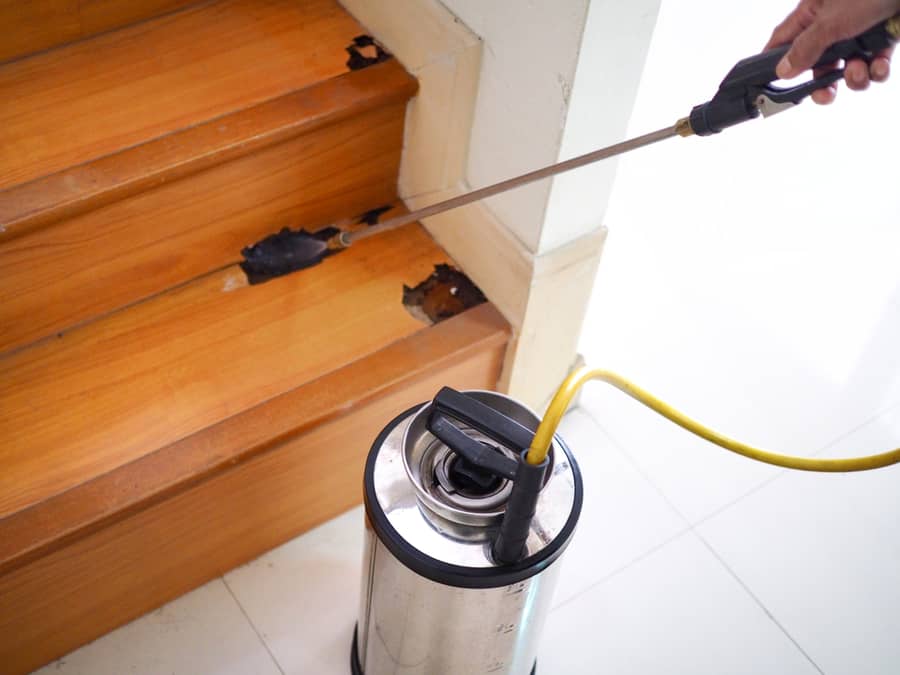
This is the most suitable option for treating wood infested with termites.
It’s a bit technical, so only people who are familiar with woodwork may be able to use this strategy.
How To Treat Termite-Infested Wood

- Drill holes around the areas you suspect the nest to be located. You will feel a change in texture when your drill reaches the nest.
- Inject termiticide into the holes, enough to fill it up.
- Cover up the holes with putty or any preferred patch.
Borate is quite effective at repelling termites. So, you could use a borate spray to protect your wood before adding a layer of paint.
3. Fumigation of Large Structures

If termite droppings come from your ceilings or baseboards, you will need more firepower to get rid of the termites. In this case, proper fumigation of your home or building is necessary.
Opening your windows to let in sunlight or cranking up your heater will only do so much. Fumigation, on the other hand, involves spraying a concentrated amount of termiticide in the affected areas and throughout the building.
Usually, you are advised to give it a day or some hours before returning to the building. That shows how potent fumigation is and how necessary it is to prevent termite infestations from worsening.
4. Minimize Direct Soil Contact With Wood

Using non-wooden designs to keep your wooden properties off the floor helps to reduce the risk of termites.
You could use cement, stone, or plastic structures for elevation.
This can protect wooden patio furniture, sheds, and the like from termite damage.
Using a cement or stone base reduces the chances of termites crawling over the wood and nesting in it.
5. Address Sources of Moisture

Termites are attracted to wood and moisture. That’s all they need to build a shelter and nestle inside a wood or a wooden structure.
When you have leaking pipes or faucets, it creates an atmosphere that attracts termites.
This extends to clogged drains and gutters too.
How To Keep Your Home Dry
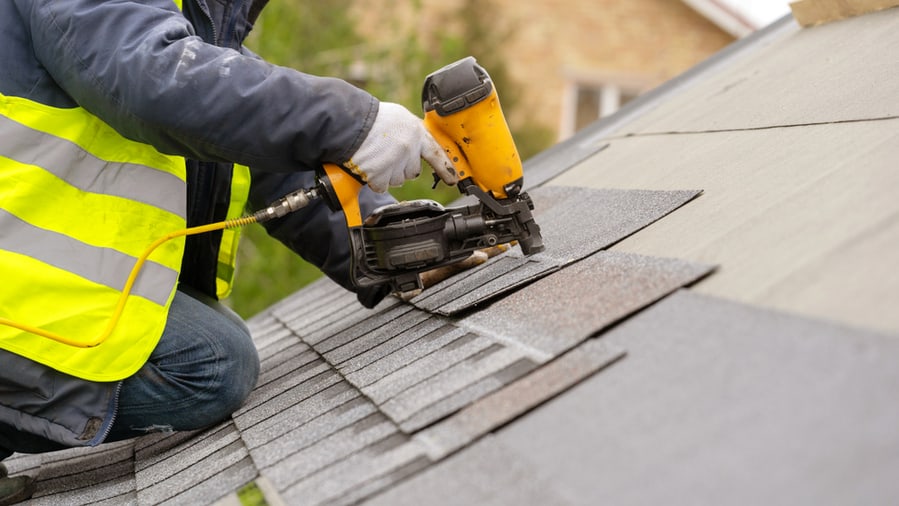
- Repair leaking pipes and HVAC units as soon as possible.
- Clear out clogged drains or gutters so that they do not retain water.
- Get proper landscaping to prevent water from collecting close to your foundation.
- Fix rotting shingles or tiles promptly.
6. Decluttering
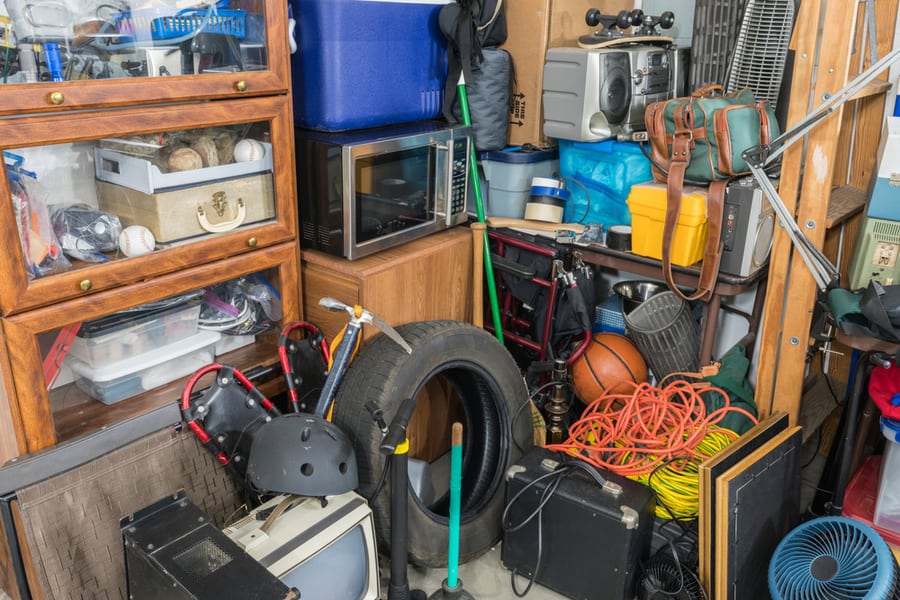
When you have lots of luggage or garbage piled over one another, it’s hard to tell what’s underneath. Termites could take advantage of this and build a nest underneath the pile.
If you have areas in your yard with piles of things you have probably forgotten about, it’s time to throw them out. Termites, and pests in general, like dark places, especially when there is little activity.
It would be difficult to spot termite droppings where you have excess luggage.
7. Fill Cracks and Gaps
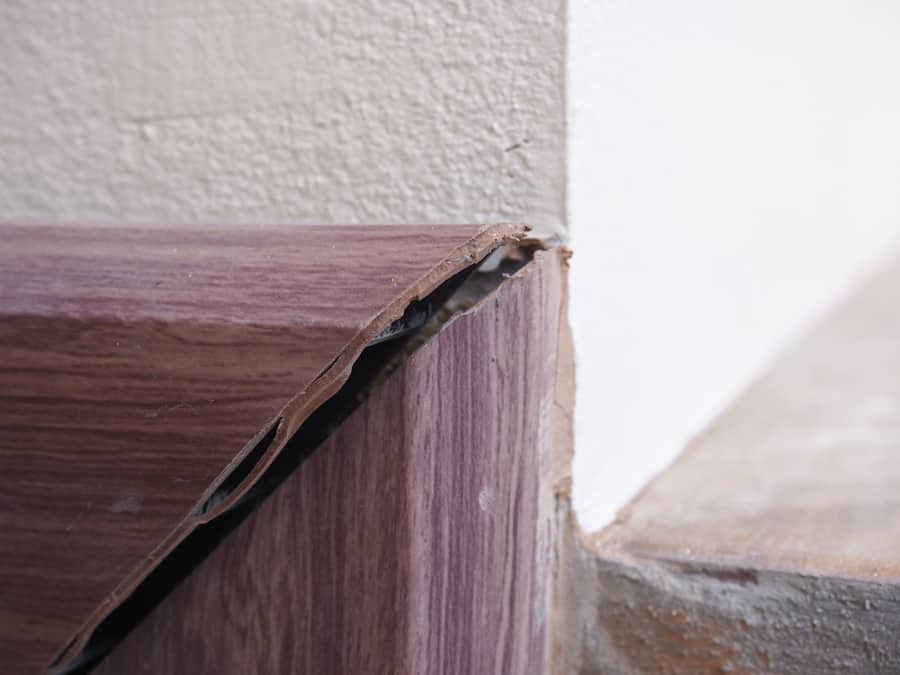
If you have cracks in your walls, baseboards, or moldings, termites could crawl into them and begin to live there.
Since all they need to feed themselves and their family is wood, they will survive for as long as they need to without leaving their chosen spot.
Filling up any openings in your home would prevent them from finding a place to hide in the first place. So, taking care of any holes in your wooden structures is important.
They could become homes for termites. However, if termites are already inside the wood, you must treat the structure or have your home fumigated before sealing off the gaps.
Otherwise, you would be setting up your home for further destruction. The termites would continue to breed and eat away at the wood undisturbed.
8. Routinely Inspect Your Home for Signs of Termite Infestation

Whether you have termites in your home or never have them, you must watch out.
Termites love wood; detecting and eliminating them can be hard once they get into a cozy space.
The best strategy for preventing termite droppings is to stop termites from getting into your property.
So, pay attention to signs of termite droppings or small mud pipes running along surfaces.
You may be unable to tell how long they have been there, so it’s important to act fast.
Also, looking out for termite presence helps you catch it before it becomes hard to handle.
Conclusion
By nature, termites can hide in wood for a very long time. All they need is a source of moisture and some wood for shelter and food.
This makes any wood in your home a prospective home for termites. It’s good to treat wood and keep a clean environment.
It helps to prevent termites from finding a suitable space to hide in.
Frequently Asked Questions
What Can I Put Around My House To Keep Termites Away?
Termite baits help keep termites at bay. Termite baits are made with slow-killing insecticides and soil.
Plants like catnips, marigolds, and garlic also repel termites. So, having a few plants around your building can help.
Can I Protect My Home From Termites Myself?
Yes, it is possible to protect your home from termites by yourself.
Some effective options are setting termite traps, keeping clutter in your home to a minimum, and keeping an eye out for termites.

